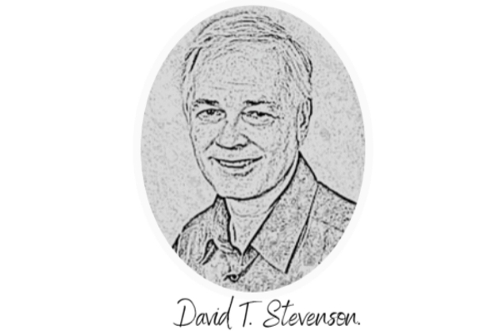
The Nuclear Energy Revolution
A quiet energy revolution is underway. Closed nuclear power plants are reopening, and new small modular reactors (SMRs)-using both traditional and advanced technologies-are under development, totaling more than three gigawatts of planned capacity. These plants are projected to begin generating electricity between 2027 and 2032, and national targets aim to triple nuclear capacity by 2050.
Delaware has joined this growing national movement by adopting a resolution to form a Nuclear Energy Task Force. According to the Nuclear Energy Institute, more than 200 nuclear-related bills have been introduced this year across roughly 40 states.
Site Momentum and Public Confidence
National enthusiasm has facilitated the early siting of SMRs-especially on federal land or at existing nuclear facilities. A U.S. Department of Energy (DOE) analysis identified about 394 candidate coal-plant sites (retired and operating) with existing grid interconnections.
SMRs are designed with robust safety features that, in some cases, allow smaller emergency planning zones; depending on the design and site. Many use closed-loop cooling systems that recirculate water, significantly reducing withdrawals; overall consumption varies by design. Public support is growing, though critics still raise concerns about long-term used fuel storage and radiation exposure standards.
As more sites advance, the practical question becomes how we manage the fuel cycle-especially the growing inventory of used fuel.
Turning Used Fuel into Opportunity
Here's the overlooked opportunity: the used fuel itself. U.S. reactors generate about 2,000 metric tons of used nuclear fuel each year, and only about 5% of utilities' uranium purchases come from U.S.-origin material.
The current inventory of used fuel in the country is approximately 95,000 metric tons, comprising about 95% reusable uranium recoverable in certain fuel cycles. Most of the remainder is plutonium and other isotopes. Advanced reactors could consume the plutonium, and other isotopes are used in medicine so very little used fuel may wind up in long term storage.
A storage site was built in Nevada without full state approval and was never opened. Any new storage site will require support from individual state governments, as well as approval from multiple states to permit used fuel to travel across state borders.
A state developing interim and long-term storage could see meaningful economic gains--from potential payments out of the nearly $50 billion Nuclear Waste Fund, and co-locating recycling, reprocessing, and nuclear power plants.
Against that backdrop, policy is starting to catch up with technology.
Delaware's Role in Shaping National Nuclear Policy
Policy is finally catching up with the technology. In July 2024, Congress passed the ADVANCE Act of 2024, which included amendments that I drafted. The amendments made recycling used nuclear fuel a federal priority and created an award for the first advanced reactor that could consume plutonium. The Act also directed the Nuclear Regulatory Commission (NRC) a year to find ways to accelerate permit approvals to 18 months.
In June 2025, the NRC announced an 18-month timeline to permit the construction of a 100-megawatt advanced nuclear design SMR in Texas for Dow Chemical, thus meeting that goal.
In 2025, I helped establish a "used nuclear fuel" discussion team to determine key objectives for federal and state legislation to finally resolve the used-fuel challenge. The group includes key members of the nuclear industry, including legacy companies and existing public organizations, and companies directly involved in reprocessing and recycling used fuel.
From Policy to Progress
Momentum is also growing at the federal level. In May 2025, President Trump signed four executive orders that will need legislative action, including:
- Establishing federal-state cooperation to develop interim and long-term storage facilities
- Authorizing transportation used fuel across state lines
- Authorizing to reprocess and recycle used fuel
- Establishing a federal fee structure to purchase transuranic waste for long-term storage
- Supporting advanced reactors that efficiently utilize recycled products
- Establishing a science-based radiation standards
- Adopting used-fuel take-back policies to boost international sales
These objectives are similar to the objectives developed by our discussion team. We already have interested key legislators in the U.S. Senate and House Energy committees. We also have supporters on the ground in four states likely to accept used-fuel storage: Wyoming, Utah, Arkansas and Louisiana.
At the request of a Wyoming state senator, I have drafted a model resolution to support nuclear energy and in-state used-fuel storage for the Western Electricity Coordinating Council, which includes all or parts of the 12 western states, Alberta and British Columbia, and the northern part of Baja California in Mexico.
Separately, draft federal legislation has been created and is awaiting publication. In 2026, the Department of Energy is likely to seek state proposals to host storage and used fuel recycling facilities. Once approved, states can begin constructing storage facilities to finally begin accepting used fuel from power plants as required by existing federal law.
This alignment turns discussion into action for Delaware. The state can prepare to participate to capture economic and energy gains.